State Of Emergence
Enmeshment, Opacity, Medical Gaze, Wise Empathy, Empathetic Imagination
Dear Ones,
Hi fugitives. Co-composters. Keepers of longviews. Scientartists. Are you custodians of wild intelligence (known and unknown)?
There are many breakdowns and breakups. There is no directionality.
I love the sound of summer crickets, don’t you? Local songbirds stopped singing early this year.
Unpopular thought: What if we are reproducing domination by “resisting” it in conventional ways?
I thank my rebel parts now. They are familiar parts that ground me for acute on chronic seas of chaos. Parts that can not be bamboozled.
These modern times are relentless. Absurd, too. Violence is front and center. This is fresh hell for some of you.
I’ve had it up to here with lifelong violence- emotional, physical, psychological, cultural, political, and structural. It spilleth over like necrotic tendrils reaching out. Touching everything. Like forever chemicals or forever microbes.
Enough already. We are so overexposed. Time to do the dirty work and compost.
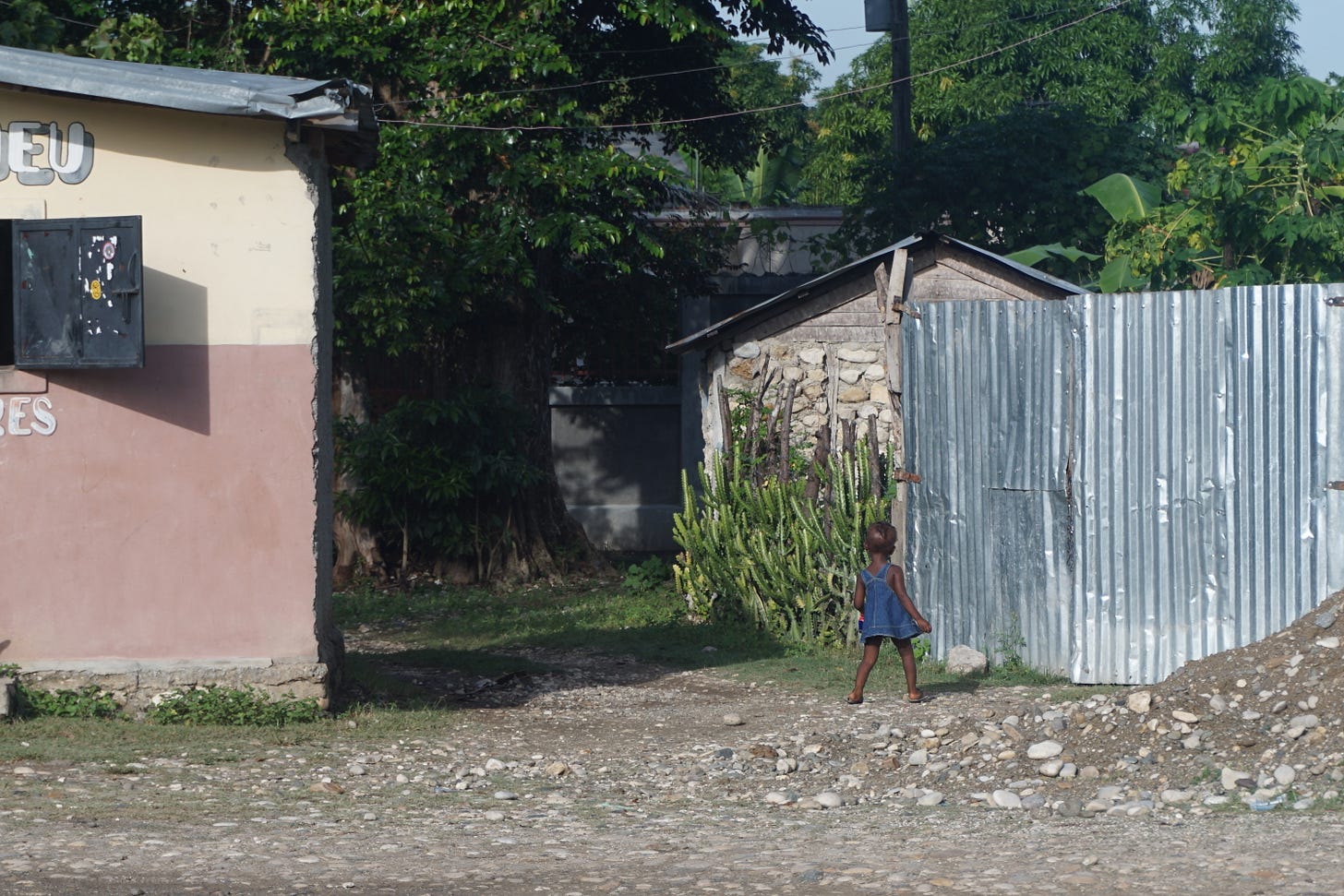
ENMESHMENT
Entanglement is beautiful and painful. Like Japanese Kinstugi.
Awareness of relational enmeshment is brutal.
We are all entangled, but we are not all enmeshed.
Enmeshment can be described as the experience of confusion of one’s separateness from others. A reduced sense of self and autonomy in relationships.
Sound familiar? It is a common coping mechanism in immigrant/diaspora families.
It can be chronic, subtle, and identity-eroding. It is control, fear, and dependency dressed up as affection, devotion, or care. Note: it doesn’t mean there is no affection or love there.
Enmeshment can manifest (in all of us) as:
a form of unrecognized relational trauma.
experience of confusion of one’s separateness from others.
reduced sense of self and autonomy in relationships.
emotional intimacy phobia and immaturity.
self-referential behavior is normative (ego as opposed to self-reflection).
inability to fully experience, understand, and value one’s own thoughts, feelings, and needs in the context of relationship (co-opted relations).
masquerade of closeness.
overdeveloped and impaired empathy. (beholden to nonreciprocal people as duty).
emotional fatigue from constant role management/self-abandonment.
***NESSA TIP***
Daily unmesh practices to pay attention to these days: Focus on honest yet limited interactions. Aim for observation, not reaction (so so hard). Remain authentic to true self. Let go of not being heard or understood by loved ones. Give up outdated family patterns and healing fantasies. Reject identity/role coercion by self/others. Limit transactionalism and extraction traps. Cease overfunctioning and overempathizing…
UNDERCOMMONS
Some of us believed modern norms were harmful from the get-go. Some of us were social fugitives. We were held in derision for defying normative absurdity. For not being fooled.
I like it when harmful things show their way out. Good riddance. Shoo! Let it deflate without our collective gaze.
COVID was the prelude to endings. The beginning of endings. COVID led to a cumulative neuro-social-cultural-relational rupture. It directly and indirectly:
Weakened scaffolding of harmful/dominant stories.
Dissolved lameness of consensus reality.
Exposed illusions and institutional underbellies.
As a recovering Infectious Disease (ID) doctor (in the trenches of a U.S. county hospital), I witnessed humanity’s demise firsthand even before 2020.
Don’t you ever wonder what is possible outside of harmful conventions? I do. I do. It is the good part of my imaginative healing fantasy. A residual childhood coping mechanism. Imagination (not delusion) keeps healthier types of neurons firing.
Convention hurts me. Naturally, I love the unconventional. I have been exploring the idea of "being in it but not of it.” This is a key concept in Stefano Harney and Fred Moten's The Undercommons: Fugitive Planning & Black Study.
Hope to meet some of you in the undercommons.
July 21, 2025: Check out the video series that I captured (pun intended). 2 monarchs were frantic and stuck in a spider web. One flew away in a panic. The other one needed rest and recovery time. We all respond to trauma differently. They both return often.
INVERSIONS AND PERVERSIONS
Modern tendencies are to medicalize the natural and normalize the unnatural. This societal inversion freaks me out. It did not used to be this pornified and co-opted. What on God’s green Earth happened?
Who gets to decide what is considered a problem or an illness anyway? Umm. Don’t answer that.
I don’t think of illness and death as pathology anymore (not sure I ever did).
Menstruation, neurodiversity, body diversity, attention/sensory processing differences, pregnancy, nonconformity, critical thinking/empathy, aging, and menopause are not pathological conditions.
What if human illness is an experience of temporary disruption of micro/macro ecosystems?
What if understanding host-microbe and body-mind disturbances is important for health maintenance?
MEDICAL GAZE
Postmodern ways of thinking suggest that a human with an illness should not be reduced to “pathologization.”
It recognizes complex interactions and nuances of the experiencer of illness (aka the suffering human lens).
It critiques the medical gaze (1963 Foucault), which refers to the way doctors and institutions observe, interpret, and manage human bodies.
Harmful aspects of medical gaze:
Objectification of human bodies
Emphasis on measurable and quantifiable facts
Lack of emphasis on lived experience/patient story
A form of authority, mastery, and hierarchy
Inability to consider what is unknown/novel
May we imagine new ways of be-ing and health-ing. Maybe. Maybe not.
MIDDLE PATH OF OPACITY
Marginalized people oscillate violently between hypervisibility and invisibility. This ping ponging leads to chronic vertigo.
Hypervisible: Male/society gaze. Constant scrutiny. Surveillance. Consumed. Dragged into performance. Judgment culture. Unconsented. Fakery. Othered. Overexposed. Extracted. Misread as “aggressive” or “unprofessional.” Coerced identities.
Invisible: Erased. Overlooked. Disrespected. Oppressed. Controlled. Lived experiences, histories, and ideas are invalidated. Not allowed to define self. An identity, other than the one that society/norms maintain, is not permitted. Erasure in the name of conformity to dominant norms.
What if we don’t need to “clarify” or explain ourselves to anyone in public or private?
What if we turn our attention to opacity instead?
Opacity is a radical means to remain ungraspable, untranslatable, unconsumable, unmarketable, unassimilated, and un-understandable.
Opacity, in Edouard Glissant's view, acknowledges the right of individuals and cultures
to be different
to hold onto their unique experiences without being reduced to simple categories or explanations.
LIVE THE QUESTIONS
How can we dismantle our emotional biases? Occurs when predetermined feelings/fears about a person or situation cloud ability to see freshly/differently.
How do we coexist authentically and maturely in the absence of mutual understanding? Maybe we don’t need to understand one another to respect one another.
Can we imagine a shared third space? Permission to exist as we are without erasures. In honor of unique expressions.
Can we create a new post-modern language? When definitions of peace, violence, dis-ease/health, food, and love are elementally different, how do we word anything together anymore?
WISE EMPATHY OF HEARTMIND
Critical thinking and empathy are like the 2 wings of a bird. Both are prerequisites for flight.
Empathy without critical thinking (and vice versa) can be counterintuitive and extractive. Critical thinking is imaginative, complex, and rational. It can help create new ideas and respond intelligently to the times. Empathy involves understanding thoughts, emotions, and experiences of another living being. It is a sensory immersion that induces heart stretchability.
Misapplied critical thinking or misapplied empathy can cause long-term harm.
Wise empathy (or synergy of critical thinking and empathy) helps us:
express our care wisely and not in reactive and emotional ways
avoid over-identification and bias
balance plural perspectives
imagine better alternatives
EMPATHETIC IMAGINATION
Healthy reflective minds engage in empathetic imagination. Click here for a good description.
Empathetic imagination is an emotional-cognitive-somatic way to simulate the inner world of others. To thinkfeel in fresh ways. I call it heartmind. It is a stepping out of one’s own mind stories.
***NESSA TIP*** Reading and writing are embodied medicines for brain health restoration-free, generative, and accessible. They help humans build and maintain heartmind and handmind muscles. Check out your public libraries. Grab your pens and journals, Sapiens. Thank me later.
May All Beings Find Peace. May We Be Aware Of Oneness.
Nessa (born at 333 ppm)
To connect, reply to email and/or click on the calendar link here.
Locals: please support Channel Islands Park Foundation (CIPF) in whatever ways you can (and Topa Topa Brewery in moderation, of course). This was a great documentary viewing about America’s beautiful national parks.




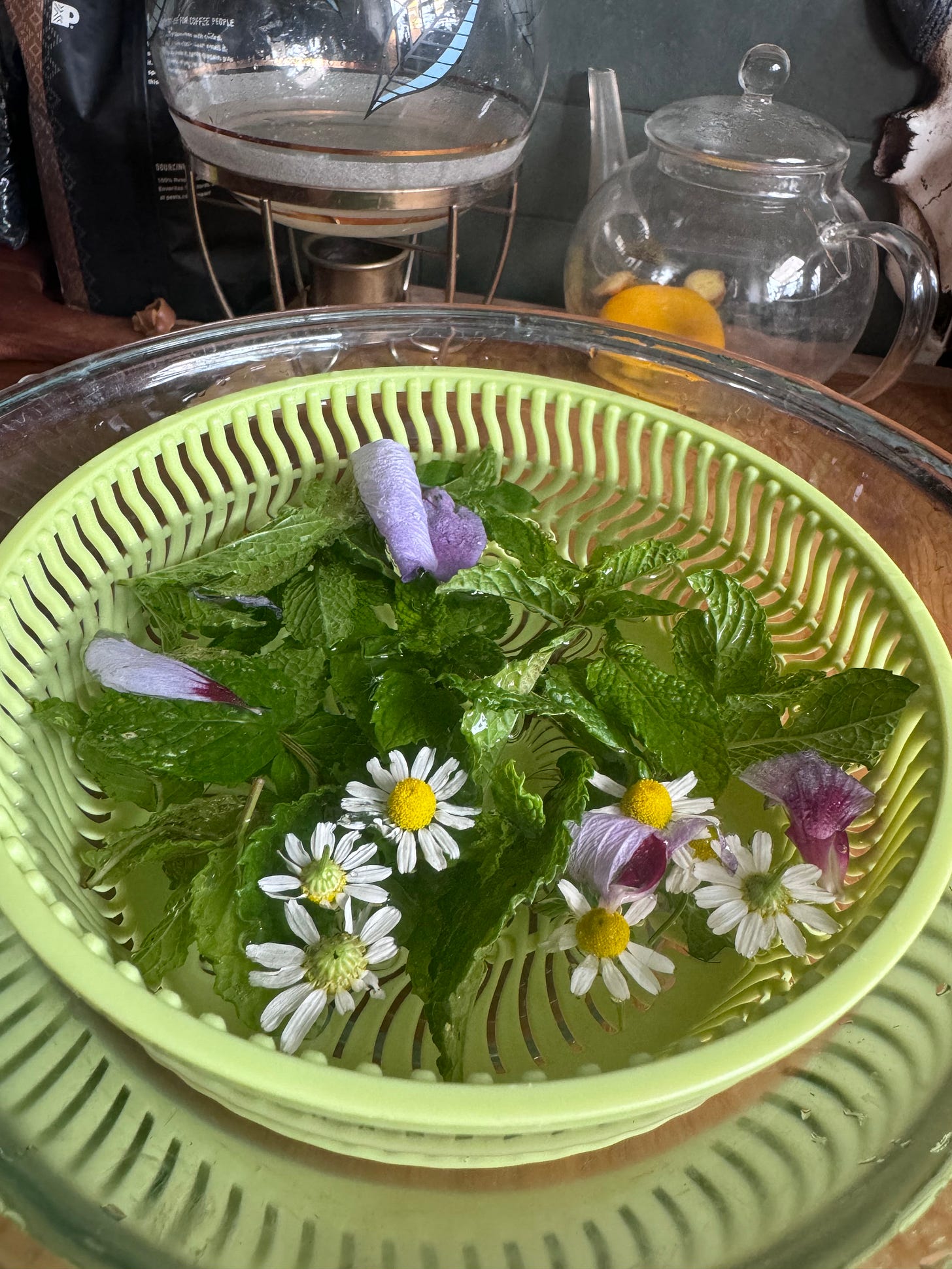
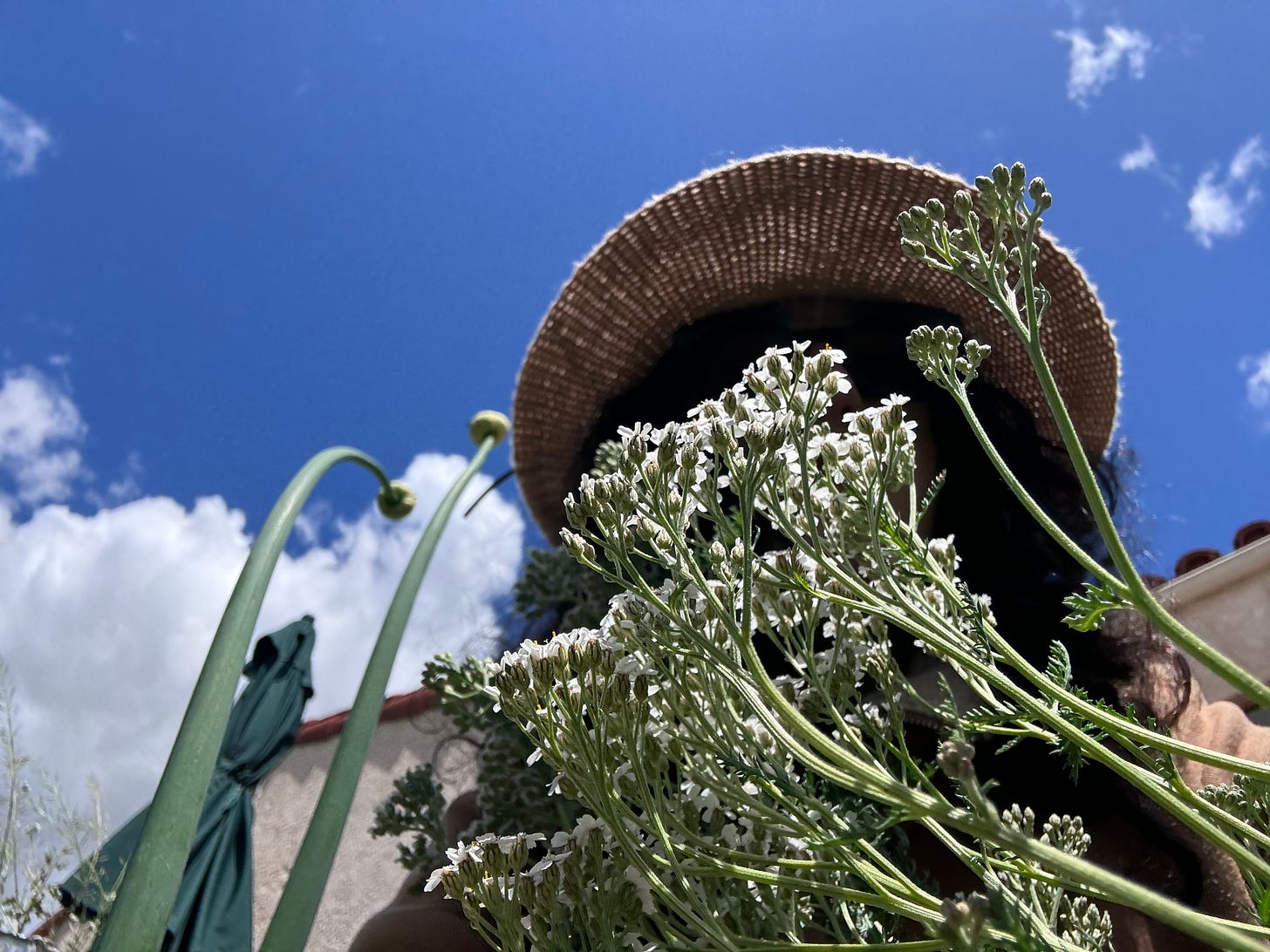

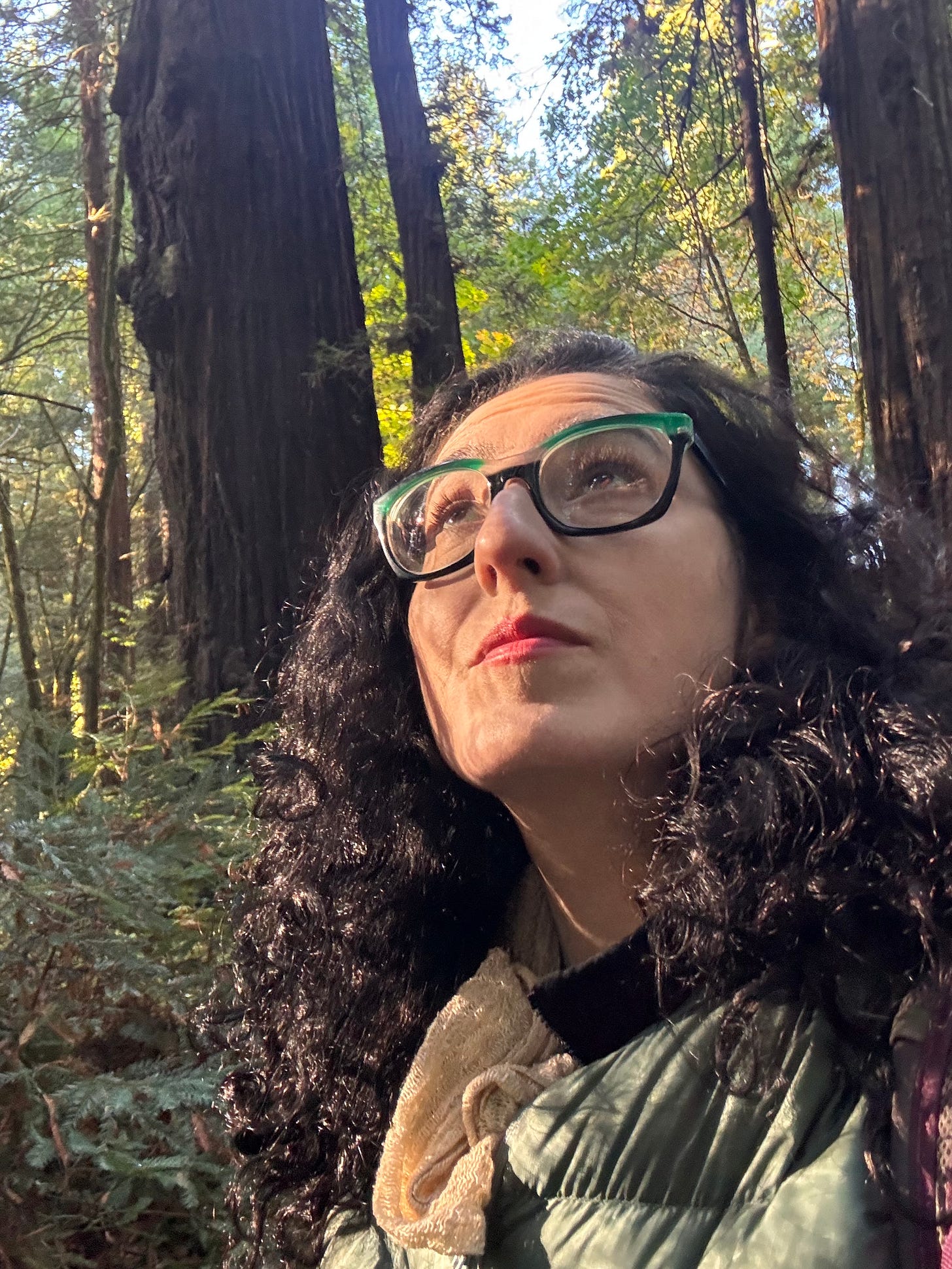
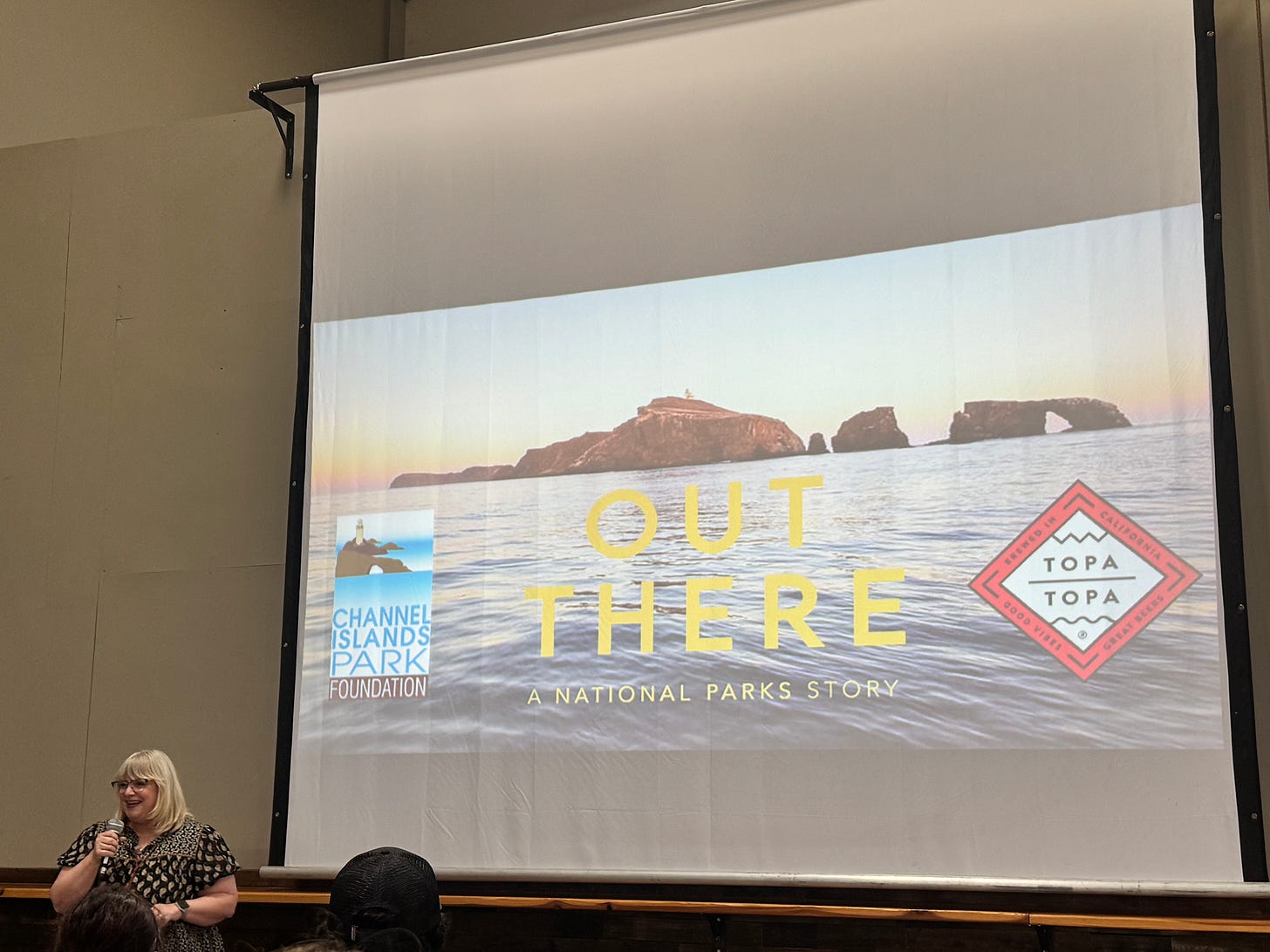
I try to save your writings and revisit them like viewing through a kaleidoscope!
Just spent a MONTH with my immigrant mother and the enmeshment talk was exactly what I needed at the right time (as I sit at the airport). Thank you. Food for thought. Healing.